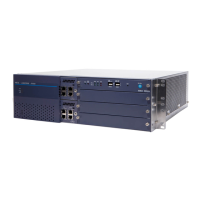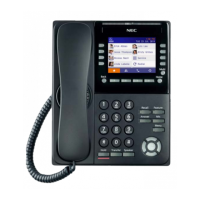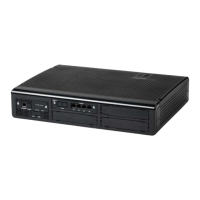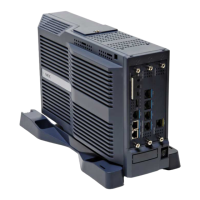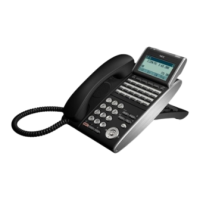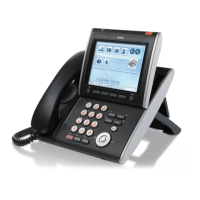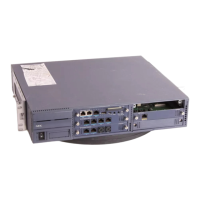Issue 1.0 UNIVERGE SV8100
2 - 1072 T1 Trunking (with ANI/DNIS Compatibility)
14-01-07 Basic Trunk Data Setup –
Outgoing Calls
Use this option to allow (1) or
prevent (0) outgoing calls on the
trunk you are programming.
0 = Deny (No)
1 = Allow (Yes)
(default = 1)
3
14-02-01 Analog Trunk Data Setup –
Signaling Type (DP/DTMF)
For ANI/DNIS, the following
additional settings in Program
14-02 are recommended:
Item 1: Signaling Type (DP/
DTMF) = 2 (DTMF)
Item 2: Ring Detect Type = 1
(Immediate)
Item 3: Flash Type = 0 (Open
Loop Flash)
Item 4: Flash for Time Flash or
Disconnect = 0 (Timed Flash)
Item 5: Dial Tone Detection for
Manually Dialed Calls = 1
(Outgoing calls allowed)
0 = Dial Pulse (10 PPS)
1 = Dial Pulse (20 PPS)
2 = DTMF
(default = 2)
3
14-02-02 Analog Trunk Data Setup – Ring
Detect Type
Set the trunks for Extended Ring
Detect or Immediate Ring Detect.
For T1 loop/ground start trunks,
this option must be set to ‘1’ in
order for the trunks to ring and
lamp correctly.
Trunks 1~200
0 = Normal/delayed
1 = Immediate Ringing
(default = 1)
3
14-04-01 Behind PBX Setup For ANI/DNIS, the following
additional setting is recommended:
Behind PBX = 0 (Stand Alone).
0 = Stand Alone (Trunk)
1 = Behind PBX (PBX)
2 = Not Used
3 = CTX Assume 9
(default = 0)
3
14-05-01 Trunk Group – Trunk Group
Number
For ANI/DNIS, place all your ANI/
DNIS trunks in Trunk Groups as
required.
Trunks 1~200
Trunk Port 1~200,
Group 1,
Priority 1~200
3
20-06-01 Class of Service for Extensions Assign a Class of Service (1~15) to
an extension.
Day Night/Mode: 1~8
Class of Service of
Extensions (1~15)
Default: Extensions 101 =
Class 15
All other extensions =
Class 1
3
Program
Number
Program Name Description/Comments Assigned Data
Level
1 2 3

